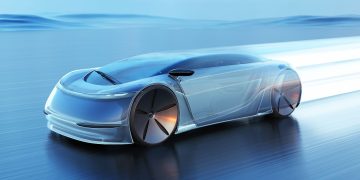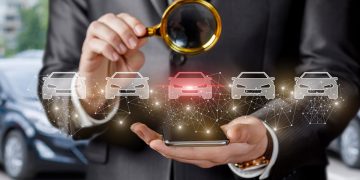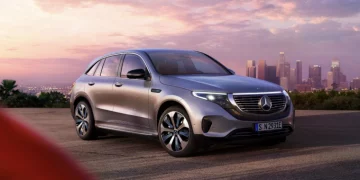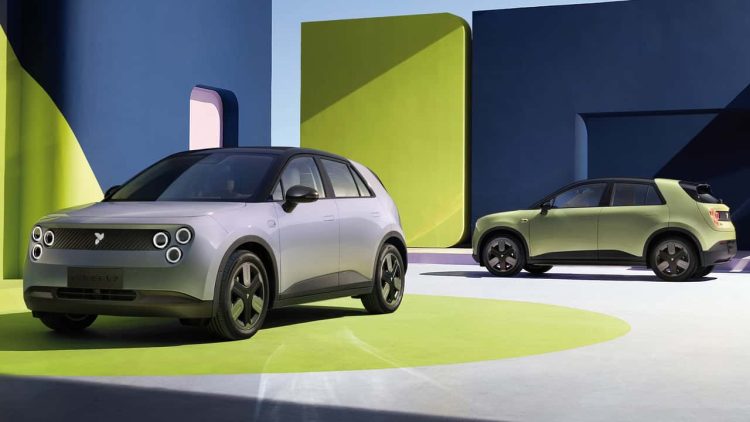Introduction: The Rise of Smart Features in Electric Vehicles
Electric vehicles (EVs) have gone beyond just being eco-friendly alternatives to gasoline-powered cars. They have become technological powerhouses, incorporating a range of smart features designed to enhance the driving experience. As the automotive industry transitions toward electrification, EVs are increasingly integrating artificial intelligence (AI), connectivity, and advanced vehicle-to-grid (V2G) technology, creating a more intuitive, efficient, and sustainable driving environment.
The incorporation of smart features into EVs is transforming the way drivers interact with their cars. From AI-powered driving assistance systems to connectivity features that offer real-time vehicle monitoring and updates, these advancements are making EVs safer, more user-friendly, and capable of integrating into the wider ecosystem of smart cities and grids. In this article, we will explore how these innovations are enhancing the EV driving experience and shaping the future of transportation.
The Role of AI in Enhancing EV Driving
Artificial intelligence is playing a pivotal role in shaping the electric vehicle of the future. AI-powered features in modern EVs are designed to improve the overall driving experience, making it safer, more efficient, and more personalized.
1. Autonomous Driving and Driver Assistance Systems
AI technology has revolutionized autonomous driving, and many modern electric vehicles come equipped with semi-autonomous driving capabilities. Advanced driver assistance systems (ADAS) powered by AI enable EVs to perform a wide range of tasks, such as adaptive cruise control, lane-keeping assist, automatic emergency braking, and more.
These systems leverage AI to analyze data from cameras, sensors, and radar to detect obstacles, monitor traffic conditions, and make real-time decisions to assist the driver or take control when necessary. As the technology matures, fully autonomous electric vehicles could soon become a reality, offering a completely hands-free driving experience that would greatly enhance safety and convenience.
2. Predictive Maintenance and Diagnostics
AI also plays a crucial role in predictive maintenance, a feature that is becoming increasingly popular in modern EVs. Through machine learning algorithms and data analytics, EVs can monitor their own systems and predict potential issues before they occur. For instance, AI can analyze patterns in battery performance, motor function, and tire pressure to identify early signs of wear or malfunction. This allows for proactive repairs and maintenance, reducing the risk of breakdowns and ensuring the vehicle remains in optimal condition.
Furthermore, AI can assist drivers by providing real-time diagnostics through smartphone apps or in-vehicle interfaces, allowing users to better understand the health of their vehicle. This not only enhances convenience but also contributes to the longevity of the vehicle and its components.
Connectivity Features: Making EVs Smarter and More Efficient
Connectivity is another key area in which smart features are transforming the EV driving experience. The ability to seamlessly connect a vehicle to the internet and to other devices is revolutionizing how drivers interact with their cars.
1. Real-Time Vehicle Monitoring
Modern EVs come equipped with robust connectivity features that allow for real-time monitoring of critical systems such as battery charge levels, range estimates, and energy consumption. Through dedicated apps or in-vehicle displays, drivers can track how efficiently they are driving, helping them optimize energy use and maximize driving range.
Some electric vehicles even offer real-time alerts, notifying drivers when it is time to charge or when a vehicle’s battery is operating outside of its optimal range. These features help mitigate range anxiety, a common concern for EV owners, by keeping drivers informed and ensuring they never find themselves unexpectedly stranded.
2. Over-the-Air (OTA) Software Updates
One of the most exciting innovations in the realm of connectivity is the ability for electric vehicles to receive over-the-air (OTA) software updates. This feature allows automakers to remotely update and improve a vehicle’s software without the need for a visit to the dealership. From enhancing driving performance and fixing bugs to introducing new features, OTA updates keep EVs up to date with the latest advancements in technology.
By leveraging OTA updates, manufacturers can continuously improve their vehicles even after they have been sold, making the ownership experience more dynamic and adaptable to changing consumer needs.
3. Smart Navigation and Charging Solutions
Connectivity also plays a significant role in improving EV charging experiences. Smart navigation systems in EVs can not only guide drivers to the nearest charging stations but also provide real-time information about charger availability, the speed of charging, and whether the charger is compatible with the specific vehicle model. This helps drivers find the most convenient and efficient charging stations, further reducing range anxiety.
Moreover, some EVs allow drivers to schedule charging times based on their preferences, such as charging during off-peak hours to take advantage of lower electricity rates or ensuring the car is fully charged by a specific time.
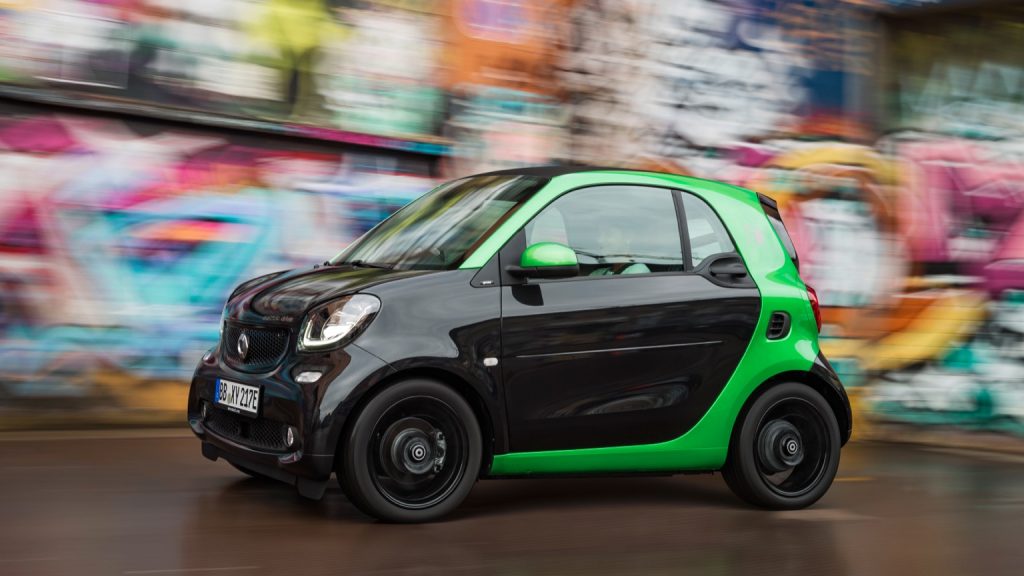
Vehicle-to-Grid (V2G) Technology: Empowering the Future of Energy
Another transformative smart feature being integrated into modern electric vehicles is Vehicle-to-Grid (V2G) technology. This innovative system allows EVs to not only consume electricity from the grid but also return energy to the grid when needed.
1. Enhancing Grid Stability
V2G technology has the potential to play a key role in enhancing grid stability and supporting renewable energy integration. By feeding energy back into the grid, EVs can act as mobile storage units, helping to balance supply and demand. This is particularly important in a world transitioning to renewable energy sources like solar and wind, which can be intermittent.
During periods of high demand or when renewable energy production is low, EVs can supply power to the grid, helping utilities maintain a steady flow of electricity. This not only contributes to the overall stability of the grid but also reduces the reliance on fossil fuels, making energy systems more sustainable.
2. Improving the Economics of EV Ownership
In addition to supporting grid stability, V2G technology can have financial benefits for EV owners. By selling excess energy stored in their EV batteries back to the grid, drivers can potentially earn money or reduce their energy bills. This makes EV ownership even more cost-effective and encourages further adoption.
Some EV owners may even be able to participate in virtual power plants (VPPs), which aggregate the energy storage capabilities of multiple EVs to sell electricity to utilities or participate in demand-response programs. This concept opens up new revenue streams for consumers and strengthens the business case for purchasing EVs.
The Future of Smart Features in Electric Vehicles
The integration of smart features into electric vehicles is still in its early stages, with many exciting advancements on the horizon. As AI, connectivity, and V2G technology continue to evolve, the future of electric vehicles will be shaped by an even greater degree of automation, intelligence, and sustainability.
1. Fully Autonomous EVs
One of the most anticipated developments in the EV market is the arrival of fully autonomous electric vehicles. While semi-autonomous driving features are already common in many EVs, the next frontier will be vehicles that can drive themselves entirely. With the help of AI and sophisticated sensor systems, fully autonomous EVs could revolutionize transportation by reducing accidents, improving traffic flow, and offering new levels of convenience.
2. Smart Cities and Integrated Transportation Systems
As cities become smarter and more connected, EVs will be able to seamlessly integrate into urban ecosystems. In the future, electric vehicles could communicate with infrastructure, such as traffic lights, parking spaces, and charging stations, to optimize routes and reduce congestion. Moreover, vehicles could interact with one another to avoid accidents, prevent traffic jams, and coordinate autonomous driving.
3. Energy-Efficient, AI-Optimized Driving
AI-powered driving systems will continue to improve, making EVs more energy-efficient and better at predicting and responding to driving conditions. Features like predictive route planning, dynamic energy usage adjustments, and automated driving will all contribute to extending the range of electric vehicles and reducing their environmental impact.
Conclusion: The Future is Smart, Green, and Connected
The integration of smart features into electric vehicles is revolutionizing the driving experience, making it safer, more efficient, and more connected than ever before. With advancements in AI, connectivity, and V2G technology, EVs are not only transforming how we drive but also how we interact with the world around us. As the automotive industry continues to evolve, smart features will play an even more significant role in making electric vehicles the backbone of sustainable and efficient transportation systems worldwide.



